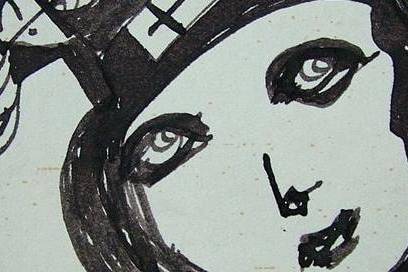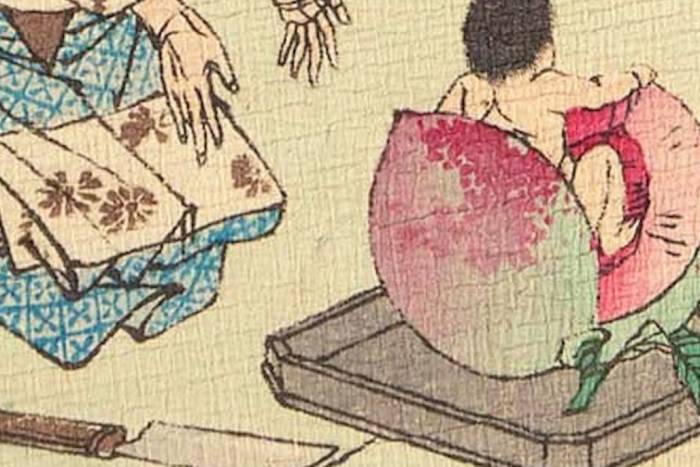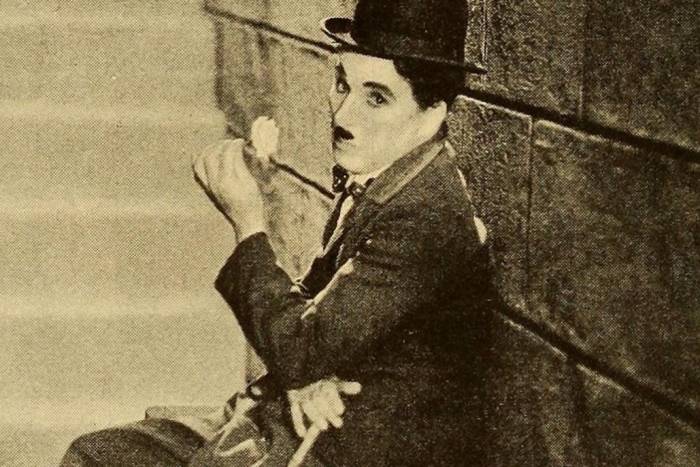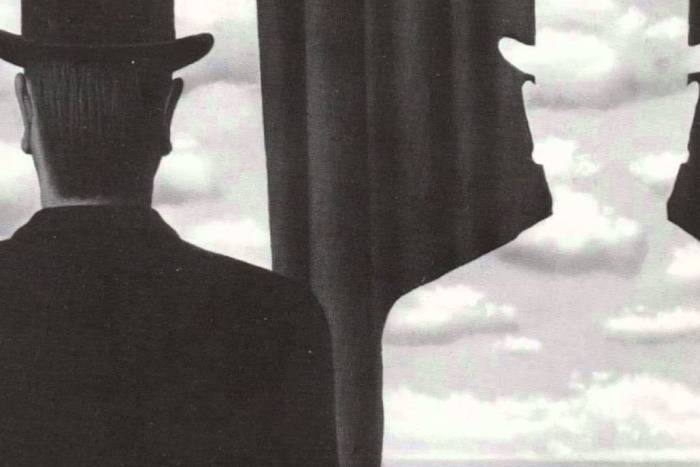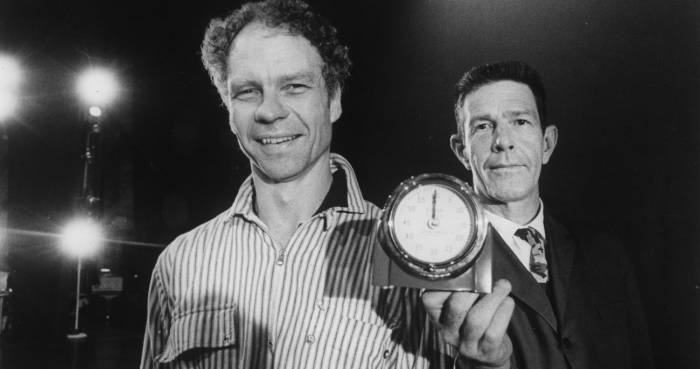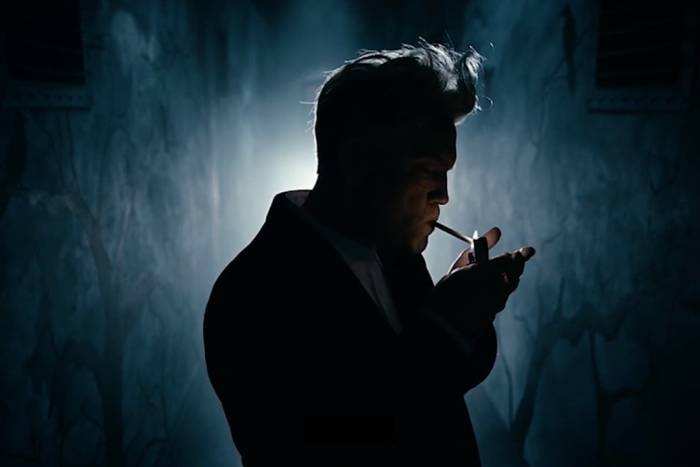Seven Indispensable Works of Vampire Literature
A list that includes works that every vampire lover should know.
The vampire —symbol of darkness, death, elegance and eroticism— is a cultural product that sprouted from legends and folk tales and then spread to the sphere of literature, where its attractiveness has been created and reinvented for over two centuries.
The first examples of literary characters with vampiresque elements —its sort of predecessors— are prior to the 19th century, the booming era for this type of tales. And almost all of them have a profoundly romantic touch ––these are men and women who return from the death in search of their beloved. A beautiful example is Goethe’s poem, “The Bride of Corinth” (1797).
Some English romantic poets contributed to the creation of the literary figure that would later be called a vampire. In Samuel Taylor Coleridge’s poem “Christabel” (1979), the heroine is seduced by Geraldine, a supernatural, vampiresque female; Lord Byron’s poem “The Giaour”(1813) is another good example, for it features beings condemned to live from the blood of others. It was in this context that the great classics of vampire literature were born.
Below we share a list of the fundamental works of this subgenre. A small taste on how the obsession for death, the supernatural and the darkness of Victorian England (and European gothic literature in general) was decanted in this unique character.
“Der Vampir” (1748), a poem by German author Heinrich August Ossenfelder, one of the first literary texts that touched upon the theme of the vampire.
“Thalaba the destroyer” (1797), a poem by Robert Southey is the first mention of a vampire in English literature.
“The Vampyre” (1819), a short story by John Polidori, whose main character, the noble vampire Lord Ruthven, is based, according to many experts, on English poet Lord Byron.
“The Skeleton Count or the Vampire Mistress” (1828), a short story by Elizabeth Caroline Gray, the first vampire work to be published by a woman.
The serial novel Varney the Vampire (1847) by Thomas Preskett Prest and James Malcolm Rymer is a Victorian horror story published in the format known as the penny dreadful.
Carmilla, a novel by Sheridan Le Fanu (1872), was one of Bram Stoker’s main influences to write Dracula, and a provocative work for it had a homosexual protagonist during an era of strong sexual repression.
Dracula by Bram Stoker (1897), a masterpiece of the genre that set the foundations for the figure of the vampire as we know it today.
Related Articles
Pictorial spiritism (a woman's drawings guided by a spirit)
There are numerous examples in the history of self-taught artists which suggest an interrogation of that which we take for granted within the universe of art. Such was the case with figures like
Astounding fairytale illustrations from Japan
Fairy tales tribal stories— are more than childish tales. Such fictions, the characters of which inhabit our earliest memories, aren’t just literary works with an aesthetic and pleasant purpose. They
A cinematic poem and an ode to water: its rhythms, shapes and textures
Here lies One Whose Name was writ in Water. - John Keats Without water the equation of life, at least life as we know it, would be impossible. A growing hypothesis holds that water, including the
Watch beauty unfold through science in this "ode to a flower" (video)
The study of the microscopic is one of the richest, most aesthetic methods of understanding the world. Lucky is the scientist who, upon seeing something beautiful, is able to see all of the tiny
To invent those we love or to see them as they are? Love in two of the movies' favorite scenes
So much has been said already, of “love” that it’s difficult to add anything, much less something new. It’s possible, though, perhaps because even if you try to pass through the sieve of all our
This app allows you to find and preserve ancient typographies
Most people, even those who are far removed from the world of design, are familiar with some type of typography and its ability to transform any text, help out dyslexics or stretch an eight page paper
The secrets of the mind-body connection
For decades medical research has recognized the existence of the placebo effect — in which the assumption that a medication will help produces actual physical improvements. In addition to this, a
The sea as infinite laboratory
Much of our thinking on the shape of the world and the universe derives from the way scientists and artists have approached these topics over time. Our fascination with the mysteries of the
Sharing and collaborating - natural movements of the creative being
We might sometimes think that artistic or creative activity is, in essence, individualistic. The Genesis of Judeo-Christian tradition portrays a God whose decision to create the world is as vehement
John Malkovich becomes David Lynch (and other characters)
John Malkovich and David Lynch are, respectively, the actor and film director who’ve implicitly or explicitly addressed the issues of identity and its porous barriers through numerous projects. Now

